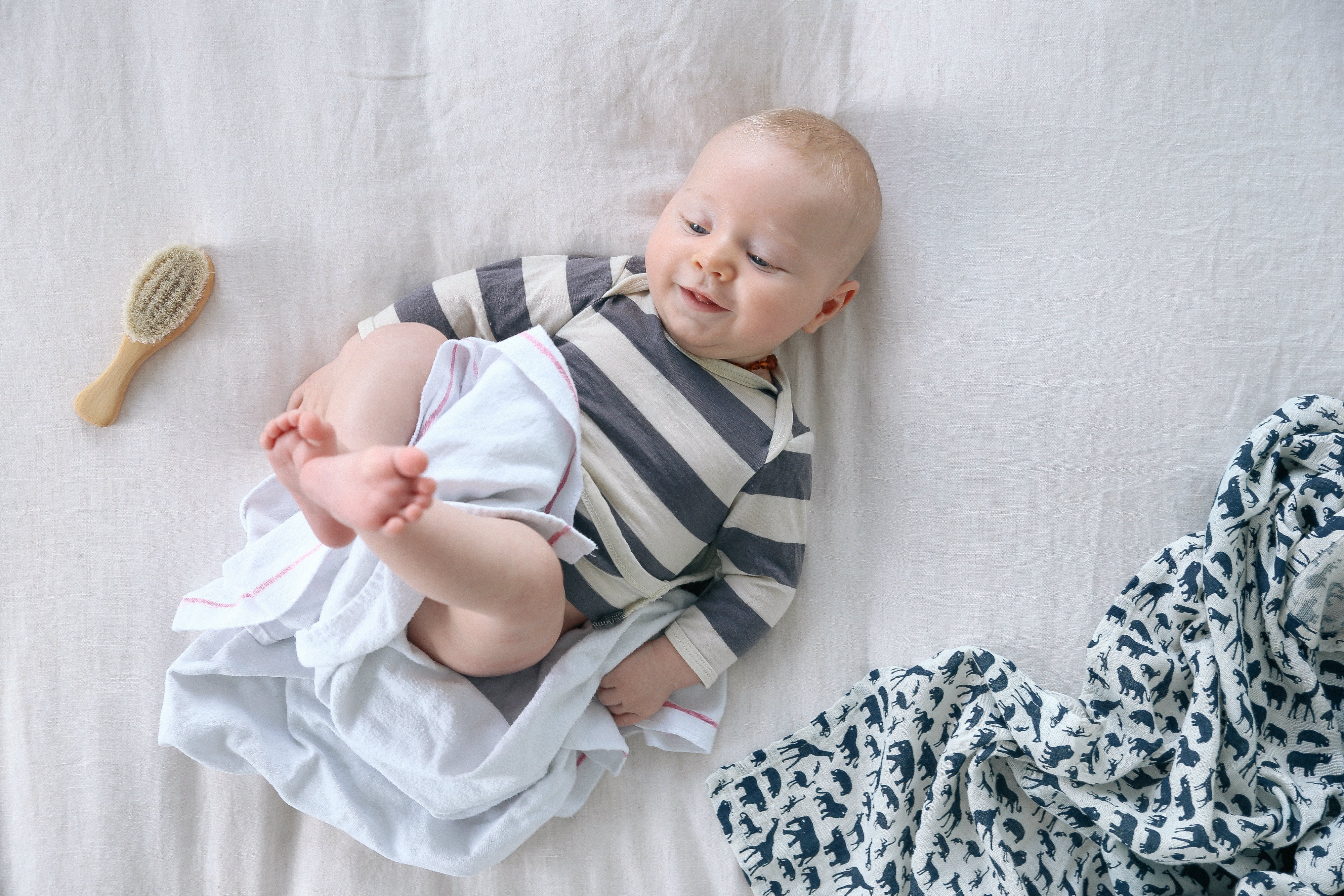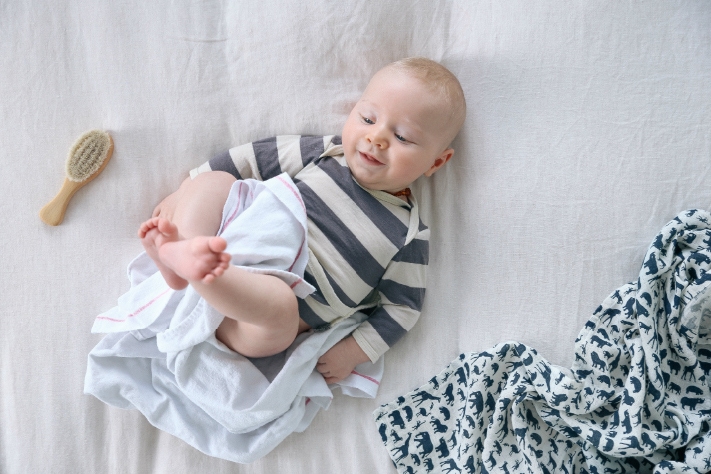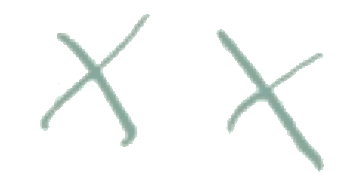This will ensure you receive shipping options, localised offers and currency.

eleanor ozich: reusable nappies
Did you know, Nature Baby originally started out in the late 1990's selling cloth nappies? We are still very passionate about the environmental impact, and using pure & natural fabrics against baby's delicate skin. We continue to sell a range of modern resuable nappies, as well as the traditional nappy squares, and chlorine-free disposable nappies. Over the years, we have seen waves of interest in reusable nappies, as well as some of the concerns our customers have with the logistics of using them. One of our lovely friends, Eleanor Ozich from Petite Kitchen uses reusable nappies for her little one, and she shares with us below on why she chooses to do so. Thank you, Eleanor xx Nb


THE BEAUTY OF CLOTH NAPPIES, by Eleanor Ozich
Perhaps the biggest concern with using cloth nappies is the perception of mess and inconvenience. You might have visions of scrubbing by hand, lethal safety pins, or mountains of laundry. This simply isn’t true, in fact you might even come to love them like I do.
The average child will go through an estimated five to eight thousand nappies during those first few years. I hope you will take a moment to think about the energy, water and trees that are used to make this staggering number, let alone all of the plastic and chemicals in the process. Next, imagine all of the water and chemicals returning to our environment as waste, the plastic packaging, the transportation – trucks, and then airplanes carting them around the world, and then, to your supermarket. There’s also the resources used to produce the garbage bags you dispose of them in, the rubbish trucks that pick them up, and then haul them in to the landfill. The environmental footprint of disposable nappies is staggering, not to mention unsettling.
Compare this to using the same cloth nappies over and over, and the lovely natural fibres on your little one’s skin. There’s just no comparison, really.
There's an abundance of modern cloth nappies out there, that are conveniently shaped like a disposable and do up the same way with snap buttons or velcro. Even if you use a style that requires separate liners like I do, you will begin to find them quick to fold once you’ve done it a couple of times.
Initially, the outlay for cloth nappies can be a little costly, although if you do the math, you might find them being significantly less than what you would spend on disposables. It might take a few weeks to get used to using them, working out roughly how many a day you will need, how often to change, and using while out and about. Once you have found your rhythm, they will simply become part of you and your little one’s daily routine. I hope you might consider giving them a go?
Here’s a few helpful tips to get you started:
01. If you choose to use a cotton style that requires an inner, you will need to wash them a handful of times from new to reach the full absorbency.
02. Use biodegradable liners in each nappy before use, simply remove, and then flush down the toilet or throw in the bin, before soaking.
03. Rinse soiled nappies under water, then place in to a bucket filled with cold water and a little eco-friendly laundry soaker. I like Earthwise or Eco-store.
04. Try to do a cold wash in the machine once a day. It’s much easier and more manageable to do smaller loads, this also ensures you don't run out!
05. The sun is a natural antibacterial and stain remover, you might be pleasantly surprised what a few hours in the sunshine can do for your cloth nappies, thank goodness summer is on the way!
06. There's a certain rhythm of folding and putting them away that can be strangely satisfying. Use this time to appreciate the beautiful choices you are making, not only for your little one, but for the environment.
Eleanor x

Please note: our range of reusable and disposable nappies are available within New Zealand only. Please contact us for any further assistance.
This post was written by Eleanor Ozich for Nature Baby, we recognise this reflects Eleanor's personal experience and opinions on the use of cloth nappies. We encourage you to do your own research and find a system that you feel comfortable with and works for you.




